EC2 instances should not have a public IPv4 address
That might be referring to an EC2 instance in a private subnet. For EC2 instances in a public subnet you will need an IP to receive web traffic.
As per the VPC FAQ:

For security, make sure the security group associated with the public EC2 instance only allows traffic on the required ports. Eg a webserver should only need to have an inbound rule (ingress) for say port 80. You do not need to define an outbound rule (egress) because the response to the inbound rule (ingress) will still be allowed.
Security groups are stateful - if you send a request from your instance, the response traffic for that request is allowed to flow in regardless of inbound security group rules. Responses to allowed inbound traffic are allowed to flow out, regardless of outbound rules.
As per my preceding comment on one of the other answers - you can get away without allowing inbound traffic for the SSH port by using SSM (excluding the edge case I noted)
The answer doesn't change if you use a loadbalancer. I tried to provision an ASG (auto scaling group) in a public subnet and in Cloudformation specified that the implementation shouldn't associate public IP addresses with the EC2 instances. The ASG never got success signals from the EC2 instances and the Cloudformation deployment was rolled back.


